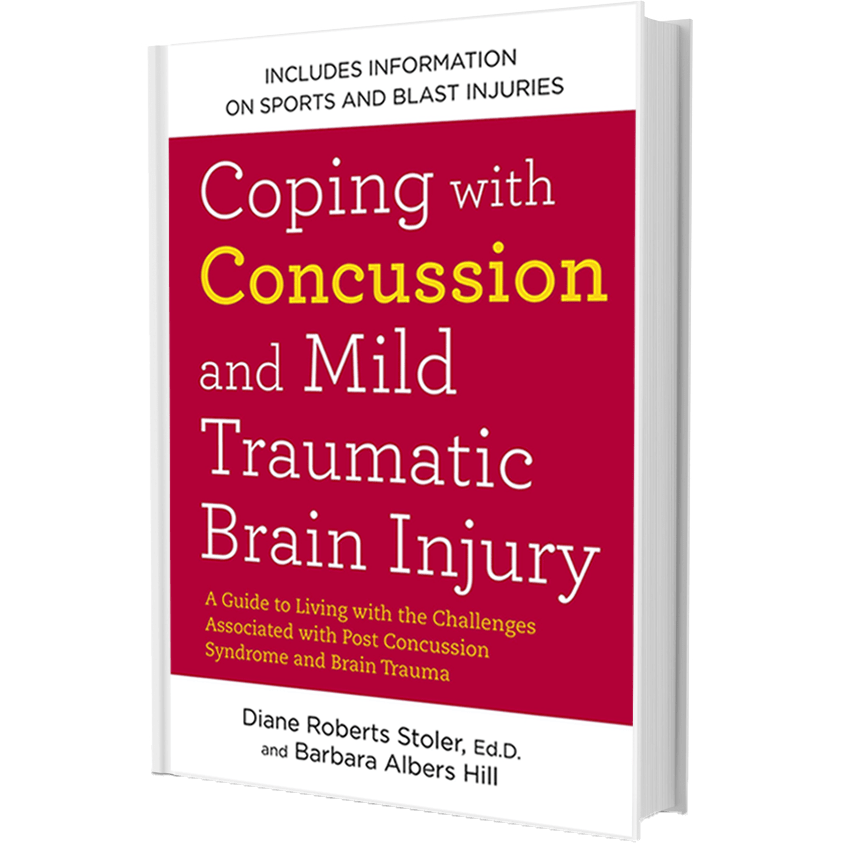What is Physical Therapy?
Physical therapy works to maintain and improve movement and functioning of joints and limbs. Physical therapy encompasses exercises that help improve range of motion, muscle strength, coordination, endurance, flexibility, balance, motor skills, and general mobility (i.e., walking, climbing stairs, getting in and out of bed or chairs). Physical Therapists tailor a treatment program unique to each individual to help decrease deficits and restore function. Physical therapy may also involve massage therapy, heat or water therapy, along with other interventions that will help improve a patient’s comfort and accelerate recovery. The ultimate goal of the physical therapy is to restore maximum functional independence to each individual patient.
Physical therapy is provided by a licensed therapist (PTs, DPTs, or PTAs). A physical therapist has a masters or clinical doctorate and national license. They work under a physicians supervision in a private, school, or hospital setting. Physical Therapy Assistants (PTAs), who have an associates degree and national certification, provide massage, strength, mobility, and other services under the direction of a PT/DPT.
What to Expect During a Physical Therapy Session
Physical therapy (PT) is often suggested for injury-related neck pain and whiplash injuries. A therapist trained in muscle rehabilitation guides you through a series of exercises designed to improve motion, reduce pain, and prevent disability. Craniosacral treatment, massage, and water therapy, in which water keeps the body buoyant and keeps pressure off the neck, are three popular techniques. Other treatments used by physical therapists include hot packs, ice massage, ultrasound, and therapeutic exercises. Also, many rehabilitation hospitals now include hyperbaric oxygen therapy in patients’ recovery from brain trauma.
What is Craniosacral Therapy?
Craniosacral Therapy, developed by Dr. John Upledger, is the concept of dynamic activity and relationship between the Craniosacral system that includes cerebro-spinal fluid (CSF), which surrounds the brain and supports and lubricates the spinal nervous system as it flows down the back through a sheath around the spinal cord. Craniosacral Therapy is a technique based on Cranial Osteopathy. Like Cranial Osteopathy, Craniosacral Therapy seeks to restore the natural rhythmic movement found between the bones of the skull. It does the same for the movements of the sacrum. The purpose of this is to aid the circulation of the cerebrospinal fluid throughout the central nervous system.
Craniosacral Therapists believe that the natural movements at the skull bones come from the membrane that lines our nervous system structures, namely the brain and spinal cord. By improving the natural rhythmic movement it helps improve brain functioning. Therefore, it is an important part of Brain Fitness Training.
Whats Does Craniosacral Therapy Feel Like?
As described by Dr. John Upledger, “CST is a gentle, hands-on method of evaluating and enhancing the functioning of a physiological body system called the craniosacral system – comprised of the membranes and cerebrospinal fluid that surround and protect the brain and spinal cord.”
How We Uniquely Use Physical Therapy in Our Office
While many seek out the help of physical therapists for a wide host of issues and symptoms, Dr. Diane® emphasizes how significant of an impact physical therapy, and Craniosacral therapy in particular, can have on patients who have suffered a concussion and are seeking treatment for their symptoms of Post Concussion Syndrome (PCS). In our office, we recommend using physical therapy to treat headaches, muscular and motor problems, chronic pain and Post Traumatic Pain (PTP), and dizziness and imbalance.
Headaches
The hands-on techniques of physical therapy, including Craniosacral therapy, massage, and stretching exercises can be especially effective in treating headaches associated with muscle spasms and pain in the face and neck.
Muscular and Motor Problems
Another symptom of PCS that we treat with physical therapy is muscular and motor problems. Physical therapy techniques help with balance, motor coordination, muscle movements, tone, spasm, and strength. This type of therapy is also helpful in treating general inflammation and myofascial pain.
Chronic Pain and Post Traumatic Pain (PTP)
Chronic pain and Post Traumatic Pain (PTP) are also symptoms that physical therapy is successful in alleviating. Physical therapy is helpful in treating general inflammation and myofascial pain, or pain in the covering of the muscle. Muscles normally move smoothly next to each other; however, an injury can cause the myofacia to become stuck together, causing pain. Craniosacral therapy, a specific form of physical therapy, is very effective against chronic pain.
Dizziness and Imbalance
Physical therapy can also help with the PCS symptom that is dizziness and imbalance. It is best to look for a Physical Therapist who specializes in balance and spatial-orientation problems, though you may be asked to discontinue your vertigo medications during your sessions if you are taking any, since they can suppress necessary information needed by your therapist. Not every therapist is trained to treat dizziness and imbalance from a concussion. However, the right person, like Anthony Percoco, a member of Dr. Diane’s integrative team of brain health experts, can teach you exercises that temporarily overload the vestibular system. Overloading challenges the vestibular system to adapt to multiple atypical movements. For example, you may be asked to sit or lie atop a large ball and move your arms or legs in specific patterns. A similar type of approach is used by figure skaters, who practice spinning and twirling until they can perform such moves without dizziness. There is also a unique treatment for benign positional vertigo (BPV) that involves rotating the head very gently to remove loosened calcium crystals from the semicircular canal in the inner ear to promote better balance.


